Tools of death are not only defeated in the symbolic act of icon-painting; they also raised funds necessary to support an entire Ukrainian field hospital
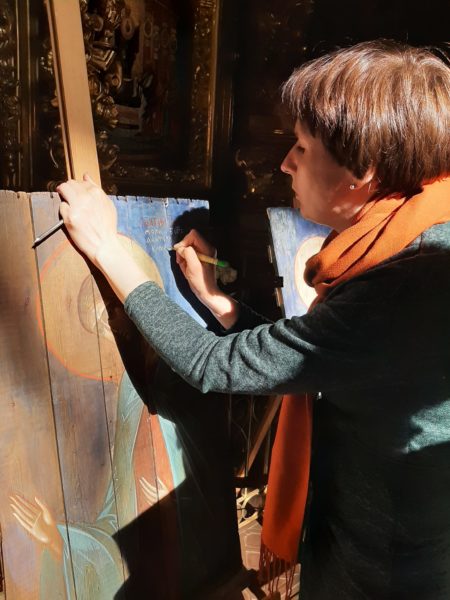
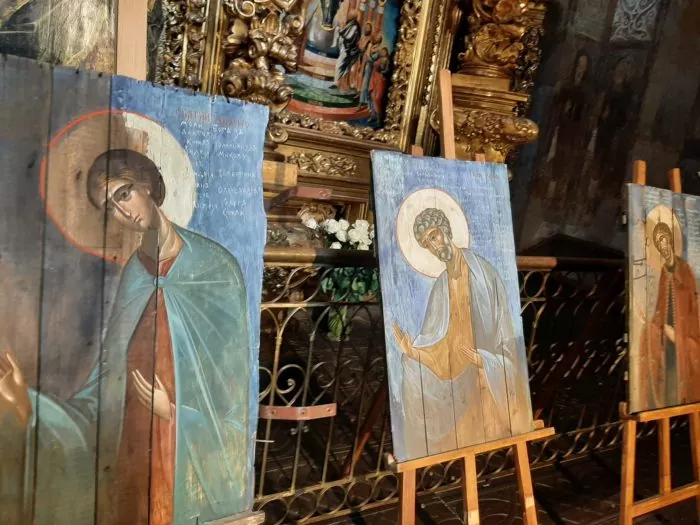
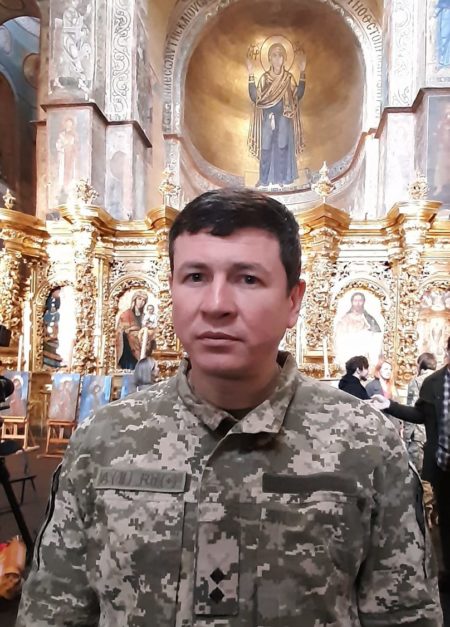
“He gave others the chance to live, at the cost of his own life. Usually, those who joined the Territorial Defense were civilians and having taken the oath, going to fight, they were already heroes to some extent," says Dmytro Kulibaba, press officer of the 114th Territorial Defense Brigade, of the Kyiv Oblast. "Sometimes, people made decisions to voluntarily give their lives for the lives of others. I consider this the highest heroism,” Kulibaba says.
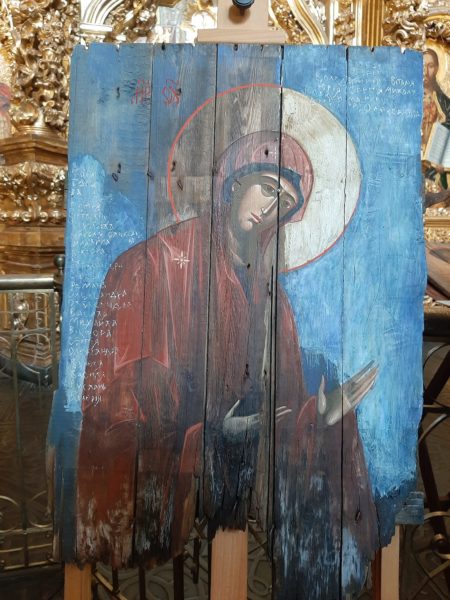
“Our project is based on the idea that tools of murder are transformed into something that is in no way connected with murder. That is, the symbol of death is transformed into a symbol of life, an icon. "In Ukrainian tradition, an icon is a symbol of life, a symbol of resurrection. And when we try to turn what killed, into something that does not kill, that is, a kind of transformation of death into life.”The transformation is not only symbolic but also real. Funds raised from the sales of hundreds of icons painted by Oleksandr and Sofia have financed the Mykola Pyrohov mobile field hospital with millions of dollars, for several years, covering up to 97% of its needs. Bringing volunteer medics to the least-accessible front line regions, its founder estimates that the hospital has treated 17,604 military and civilian patients in the last year alone.
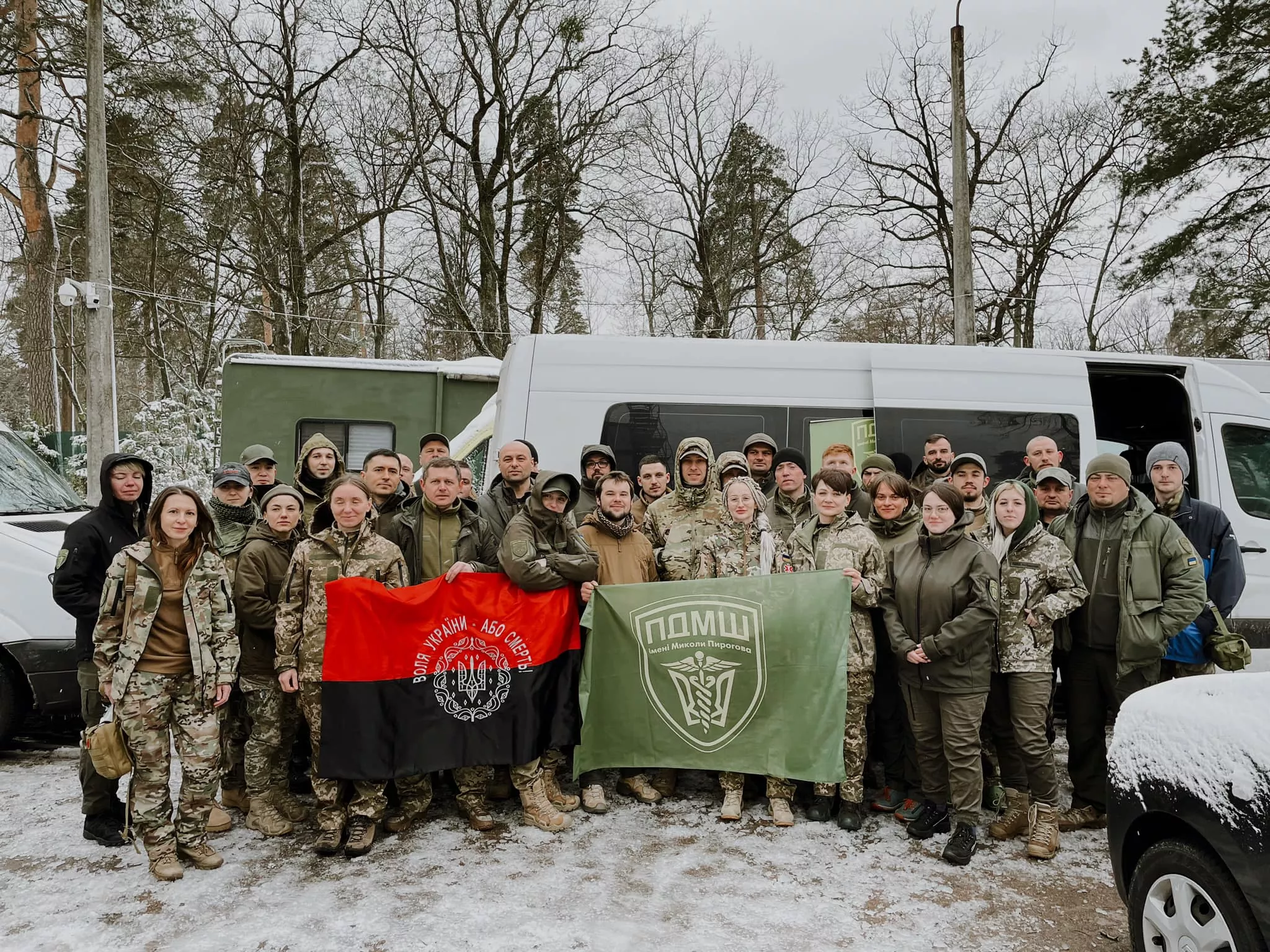
“This is a broader conversation about good and evil, a broader conversation about life and death. The Christian tradition has been talking about life and death for 2,000 years, stating that death can be overcome. We are now in the week [after Easter], where we believe that death is defeated by life. And this week, we decided to commemorate those people who died, to give them … to respect their sacrifice," said Oleksandr. "Because what is the phenomenon of Ukrainian defense? These are people who did not hold a weapon in their hands, but with their bodies defended Kyiv, even defended this church from being destroyed and ruined. "Kyiv would have repeated the fate of Mariupol or Bakhmut [razed to the ground by Russian troops], if not for them. Yesterday's teachers, a musician, an art expert, people who never held a weapon in their hands, were ready to sacrifice themselves for the sake of others. In principle, they, like martyrs, testified to certain ideals, the ideals of readiness to give your life for somebody else. "It’s not about how many enemies they killed and how many liters of blood they drank, but how much of their blood they gave for you and me,” Oleksandr explains in between reading the names out loud.
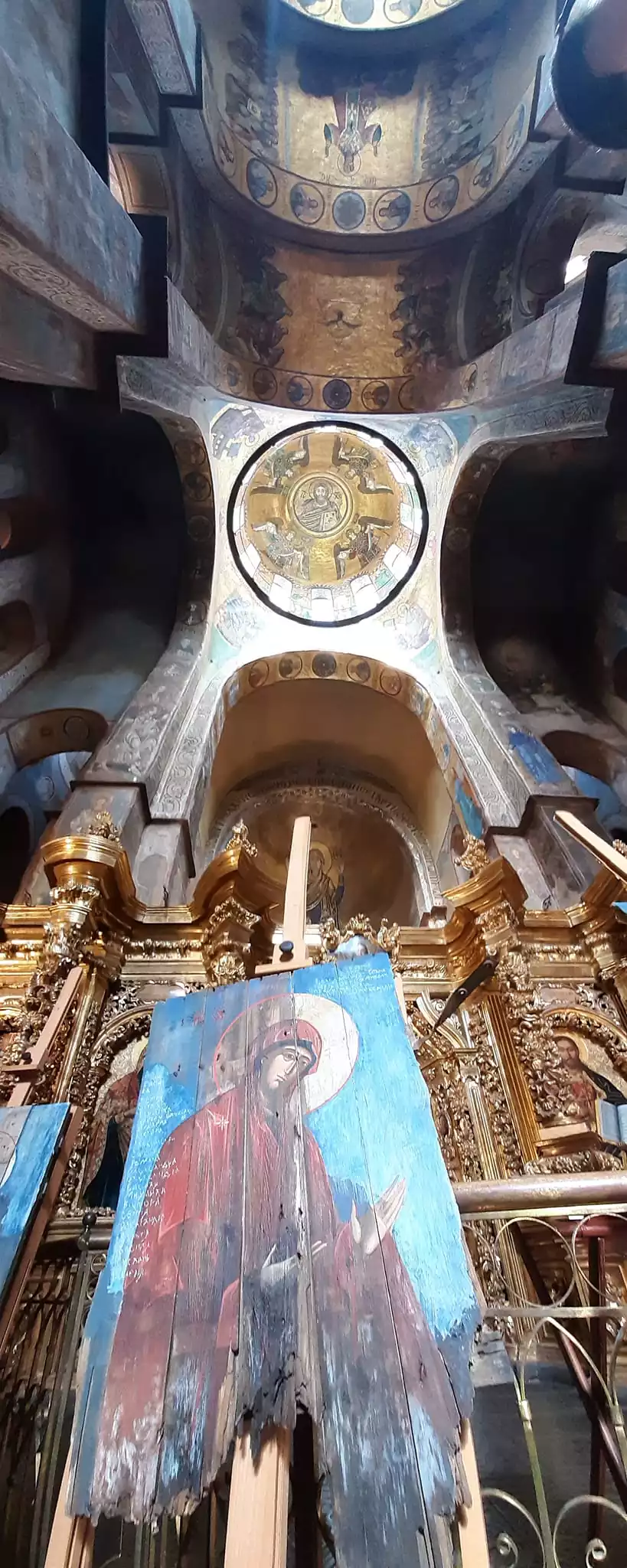
“Well, the Lord said, ‘Don’t kill,’ but we are forced to kill. It happens that for the sake of love, you must kill. Look at the problem with Donbas. If in 2014, they would have driven Girkin and his crew out, instead of standing by, their men would now not be forced into ‘meat grinder attacks.’ "So the Russians that are being killed now, they are being killed not for the sake of being killed, but to prevent thousands of people from being killed in Ukraine and in Europe. Just look at history: Chechnya was conquered and they are now Putin’s dogs and are being called up to kill and be killed in Ukraine. Just like Donetsk locals, who are also now being summoned into Russia’s army. "We have no choice to fight or not to fight. We have a choice only to fight for or against Europe. So, we are fighting to not end up fighting against Europe. We are fighting so this war would stop. "Putin understands that in order to keep conquering, he needs to conquer the Ukrainians, so he would have somebody to do the conquering with. It’s a sacrificial war on our side: we are sacrificing our boys, our lives, and killing so that Kyiv, Dnipro, Poltava, Kremenchuk, Odesa would not turn into Bakhmut. Thousands of Ukrainian civilians have perished, and there will be millions if Russia is not stopped. We are fighting for the people behind our back. And if we stop killing, then it will be the Poles, Lithuanians, Kazakhs, Georgians who will start being killed,” Oleksandr explains passionately.
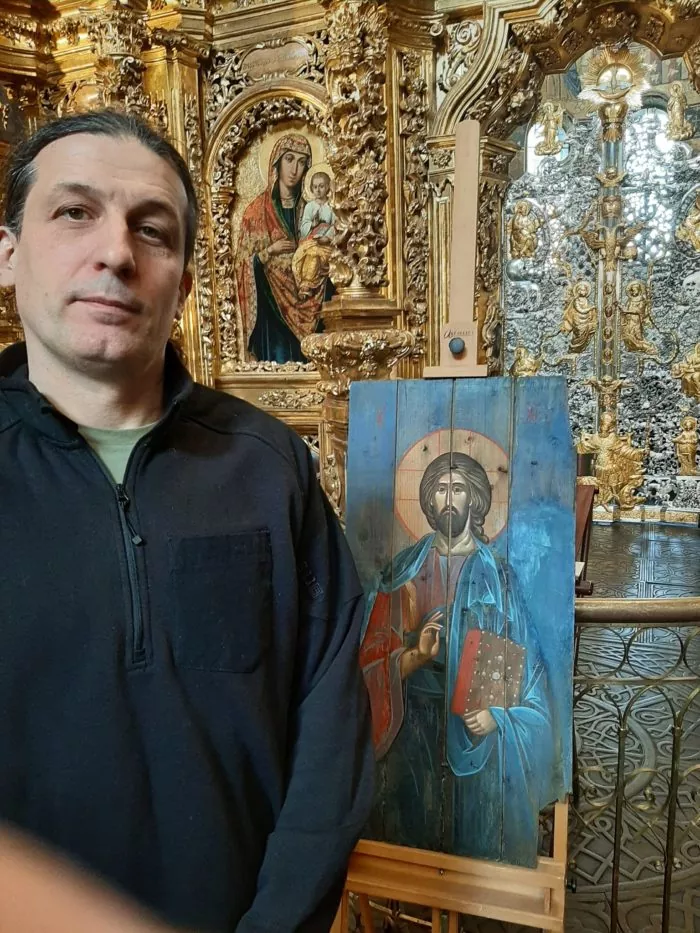
“But if I want to rob someone and kill the person to take his property, then I am breaking this commandment,” explains religious scholar Viacheslav Horshkov.You can buy an icon by Oleksandr and Sofia here or contact them at olafclemensen (a) gmail.com
Related:
- “We joke that if a leg is amputated below the knee it doesn’t count.” Soldiers get advanced prosthetics in Ukraine
- From innovation to liberation: Ukrainian soldiers embrace modern approaches to warfare ahead of counteroffensive
- Lviv Garrison Church chaplains help soldiers find God amid war. And a pair of good boots
- Anatomy of treason: how the Ukrainian Orthodox Church sold its soul to the “Russian world”

